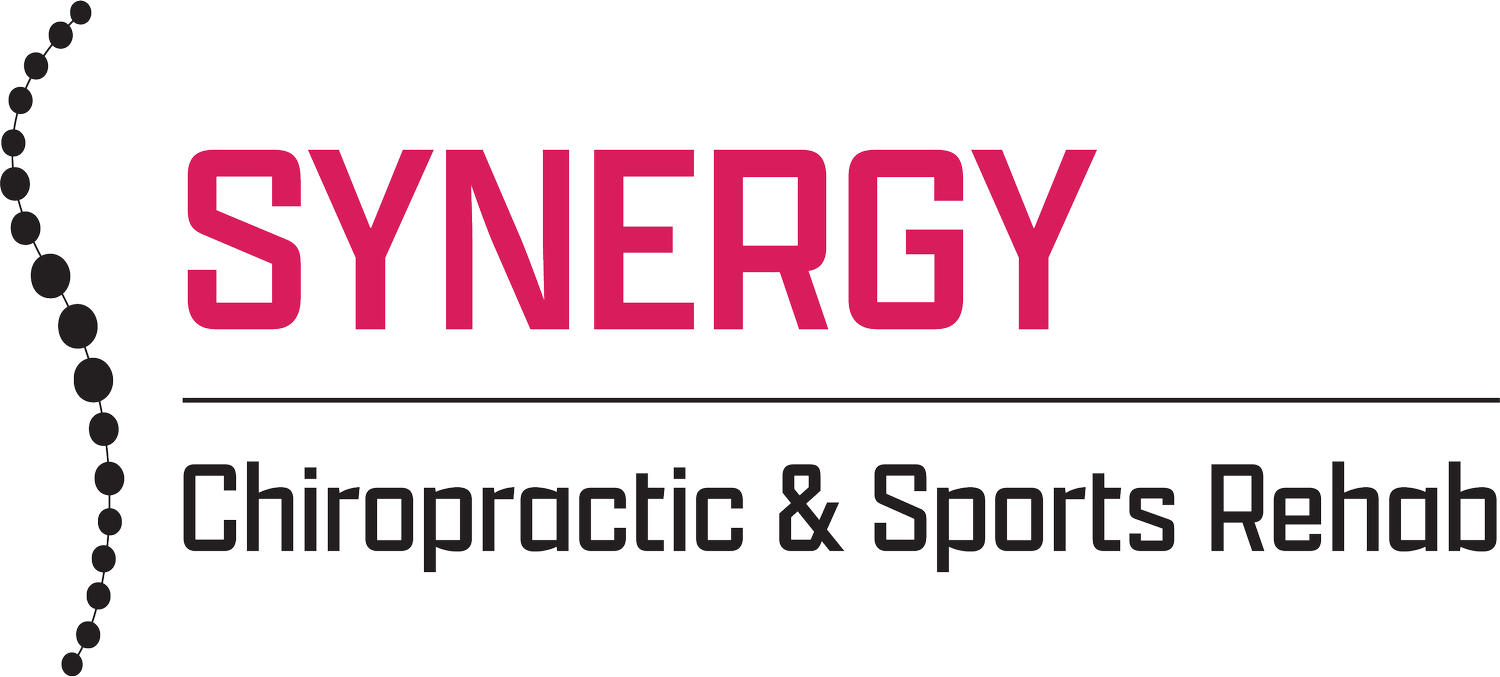Why Menopause Can Flare Old Injuries — and What You Can Do About It
Many women notice something strange during menopause: aches and pains from old injuries seem to come back out of nowhere. A shoulder that hasn’t bothered you in years suddenly aches. Your lower back tightens up after a long day. Knees that used to handle everything now feel stiff and sore.
This isn’t your imagination — it’s physiology. Hormonal changes during perimenopause and menopause directly affect how your body heals, moves, and recovers.
How Hormone Shifts Affect Pain and Recovery
Estrogen does much more than regulate reproductive health. It plays a powerful role in supporting connective tissue, maintaining collagen, and controlling inflammation. As estrogen levels fluctuate — and eventually decline — tissue elasticity decreases, inflammation can rise, and your body’s ability to repair microtears in muscle and tendon slows down.
Meanwhile, progesterone — another key hormone — influences joint stability and energy levels. As progesterone drops, you may notice increased fatigue, slower recovery after workouts, or even dizziness with balance-focused movements. Testosterone also declines with age, which means reduced muscle mass and less natural protection for joints.
All of these changes together can make your body more sensitive to previous weaknesses or asymmetries — the small imbalances that used to go unnoticed now have a louder voice.
Why Old Injuries Come Back
During perimenopause, estrogen levels fluctuate dramatically — one week you may feel strong and energized, and the next you’re tired, stiff, or achy. These ups and downs affect joint lubrication and muscle coordination, increasing the chance that compensations (like favoring one leg or overusing your back) creep back in.
As estrogen stabilizes at lower levels post-menopause, tissues lose some of their natural resilience. You might notice stiffness in the morning, longer recovery times, or increased soreness after activity. It’s not because your body is “falling apart.” It’s because your foundation is changing — and it’s asking for new support.
What You Can Do
At Synergy Chiropractic & Sports Rehab, we take a full-body approach to understanding pain. We don’t just treat where it hurts — we identify the root cause of imbalance and create a plan that supports your body through every phase of life.
Our process often includes:
Restoring stability to major joints like the hips and shoulders.
Improving mobility in the thoracic spine and feet (key areas that often drive back and knee pain).
Teaching load management — knowing how to train effectively without overtaxing recovering tissues.
At Synergy Chiropractic and Sports Rehab, we are here to guide you through these transitions with personalized movement and recovery strategies, ensuring that your body remains strong, resilient, and ready to take on whatever comes next.
